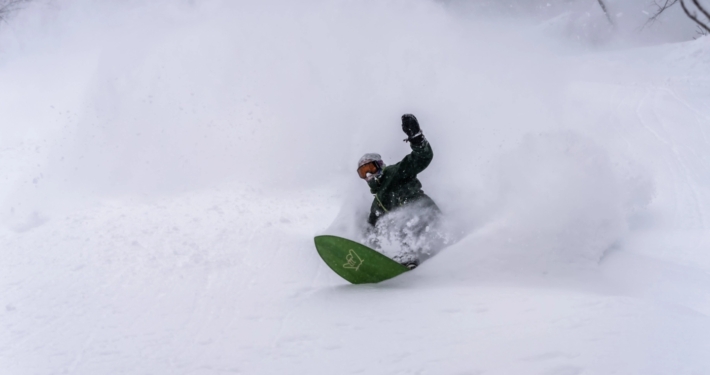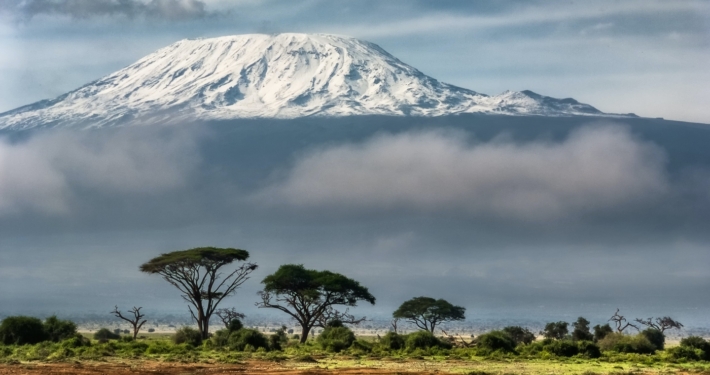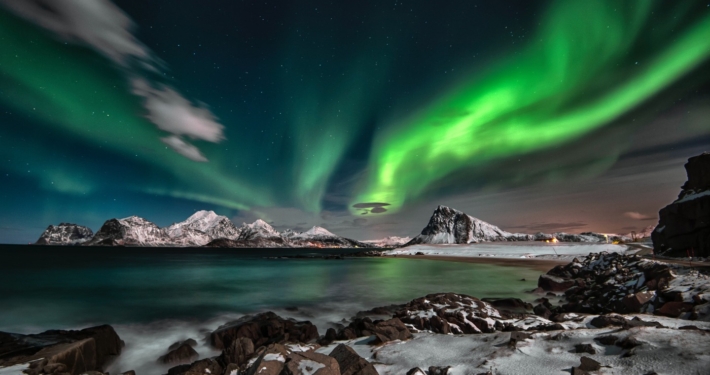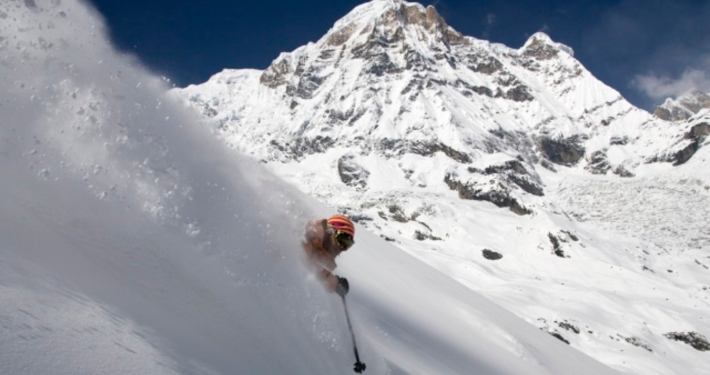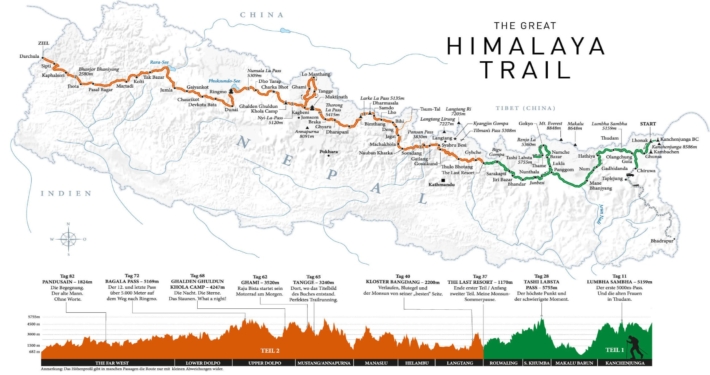Face-to-face course to avoid the mistakes that lead us to accidents, carry out an emergency bivouac. Stretcher to move the injured, cook without a stove… Protocol to call emergencies and act in an accident
SUMMARY
DEPARTURE/s CONFIRMED/s
WHAT YOU WILL LEARN
COURSE DESCRIPTION
One-day face-to-face workshop where the tools to minimize and avoid accidents in the middle mountains are offered. How to analyze the risk and how to act if you find yourself in different real accident situations.
“Everyone thinks that accidents happen to others” (GREIM Civil Guard), but more than 50% of the rescues are of normal people, carrying out normal activities and that could be avoided with a minimum knowledge of mountain safety. Most of the errors that lead to an emergency situation have been identified and we will try to minimize them.
The workshop includes:
– Survival kit (for bivouac and heating food)
– Security sheets
You’ll learn:
– Differences between risk and danger and how to manage it
– Most common mistakes and how to act: getting lost, wind, adverse weather, high and low temperatures
– Action protocol practices in the event of an accident
– Communication practices with emergency team
– What first-aid kit should be taken
– How to make an emergency bivouac and an emergency kitchen.
Training opens the doors of access to new adventures. It is not a simple guided outing, it is about expanding and validating the safety concepts of our “all about hiking” course or those learned from experience.
WHO IS IT AIMED AT?
Aimed at all those people who go out to the mountains and want to obtain tools to know how to analyze the dangers and how to prevent and act in the face of the most common incidents and accidents.
Hiking and mountaineering practitioners in general of all levels. All of us who love sports in the mountains have basic knowledge acquired from practice itself, but validating and expanding them with an approved guide and following the B4Experience pedagogical model will allow you to go further, as well as consolidate and master all these knowledge.
ITINERARY
We adapt all our courses to the level of the participants so that they can always get the most out of the course
Workshop 1
PAS
Risk Control: Risk vs Danger
3×3 Risk Assessment Method
Action protocol PAS: PROTECT – NOTIFY – HELP
Action protocol practices. Basic principle: DO NOT MAKE THE SITUATION WORSE
Workshop 2
Call 112
Key steps to get a fast rescue.
Examples of calls to 112 and main errors to avoid
Workshop 3
Fortune stretcher to move injured
Assess when you can and when you can’t move an injured person.
Fortune stretcher practices with canes and backpacks.
Workshop 4
Helicopter rescue
Action protocol in helicopter rescue
Practice of finding the correct location to be rescued and performance of all members of the group during the helicopter rescue.
Workshop 5
Injuries, more frequent
Identify the most frequent injuries and how to avoid them.
Practice guessing with the symptoms of different injuries and what we should do in each case.
Workshop 6
Emergency bivouacs
When to make an emergency bivouac, and when it is more risky to stop than to continue.
How to isolate ourselves from the ground, wind and dew.
Practice of emergency bivouacs with the B4Experience Emergency KIT.
Workshop 7
Emergency food
Heat food / drink or melt snow with a minimum weight of 50gr.
Types of food to take away depending on the output.
Emergency stove practice. Coffee and tea for all group participants.
WHAT INCLUDES
INCLUDED IN THE PRICE
- Guide approved by B4Experiuence UIMLA or UIAGM.
- B4Experience Survival Kit
- Summary cards of all course protocols
- Snack with coffee and tea during the activity
THE SERVICE EXCLUDES
- Foods .
- Personal equipment: shoes, backpack, water bottle, walking sticks (optional, but recommended).
- Everything not included in the “INCLUDED” section.
ADDITIONAL FEATURES
- Training Plan (Optional)
Practical information:
Physical and technical level:
No special preparation is needed for this activity. There will be no large unevenness or distances. We will not move through technical terrain that entails great risks beyond the intrinsic ones that exist in any activity in nature. The objective of the course is to learn to be self-sufficient in this type of activity in this area. We are not going to break any records.
Security:
As mountain professionals we not only seek the greatest enjoyment, but also the highest degree of safety possible during the activities. For this we will have personal security equipment, communication and a sufficient first-aid kit.
It is advisable to be in possession of accident and rescue insurance that covers any incident. If you don’t have one, we can manage it for you.
Material:
A list of material will be provided to the participants. Although it will be very similar to the material required to carry out activities in the middle mountains in the Pyrenees in winter.












